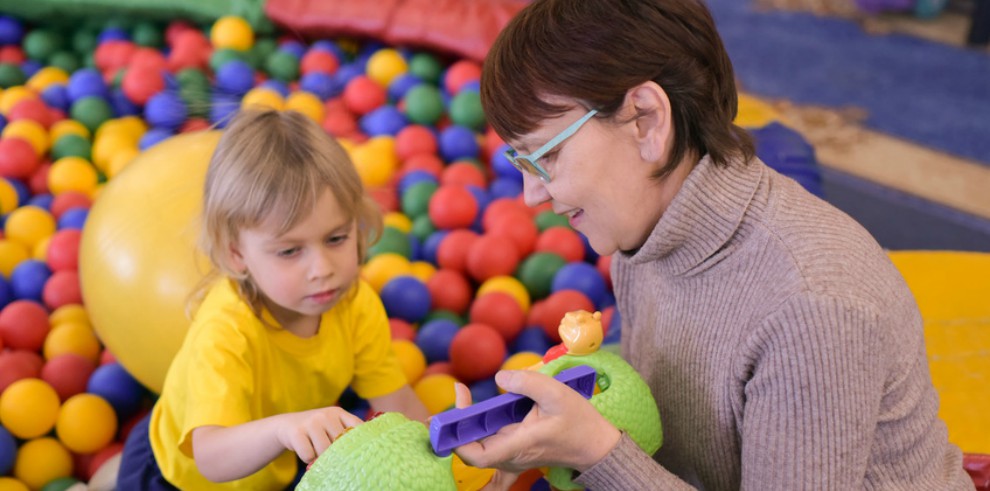Relationships and direct work KSS 1
Last reviewed: 6 June 2023
This page sets out the knowledge and skills listed under KSS 1 (relationships and direct work) in the Department for Education’s post-qualifying standard: knowledge and skills statement for child and family practitioners (KSS). Against this, we have mapped Community Care Inform guides, research, learning tools and other resources to help social workers meet KSS 1 as part of learning and development during the ASYE, and other career and continuing professional development. The links to the resources are in blue; click to follow them to the page you’re interested in.
What does the statement say? |
Resources to help you |
|---|---|
| A child and family social worker should be able to:
• Build effective relationships with children, young people and families and ensure they receive the support to which they are entitled. • Be both authoritative and empathic and work in partnership with children, families and professionals. • Enable full participation by children, families and other professionals in assessment, planning, review and decision making. • Ensure child protection is always the first priority. • Provide support based on best evidence, and tailored to meet both individual child and family needs as well as relevant significant risks. • Secure access to services and negotiate and challenge other professionals/organisations to provide the help required. • Provide support for transitions e.g. children and young people moving to and between placements, returning home, adoption or moving to independence. • Help children separate from, and sustain, multiple relationships, recognising the impact of loss and change. |
The direct work knowledge and practice hub includes a range of resources and tools to help you build effective relationships including:
Safeguarding adolescents: a needs-led approach looks at balancing risk and relationship-building when working with young people How to develop social work care plans takes a collaborative approach to developing plans in partnership with families, using SMART and POWER principles. Placement choice and decisions for looked-after children addresses ways to involve children and families in the assessment process and making decisions about placements. Relationship-based practice scenario videos show examples of common social work conversations (talking to a parent about alcohol abuse, a young person about ‘contact’, a victim and a perpetrator of domestic abuse) with commentary on how relationships are built, whilst keeping the child’s safety and wellbeing in mind. They consider the use of empathy, authority and meaningful participation. Multi-agency working: leading the professional network and chairing meetings looks at working collaboratively with other professionals and how social workers can be authoritative in their role as lead professional Looked-after and adopted children Siblings, placements and contact: podcast (or the transcript if you prefer to read) discusses how to ensure children sustain these relationships and the considerations when placing children together or apart. Life story work covers how to use life story work to help adopted children explore and understand their early history and life before adoption. Transitions, beginnings and endings provides suggestions to support children in foster care through change. Working with looked-after teenagers covers some of the specific challenges in relationships and development for young people in care during adolescence. |
Links to resource maps for other parts of the KSS:
- 1. Relationships and direct work
- 2. Communication
- 3. Child development
- 4. Adult mental & physical health, substance use, domestic abuse
- 5. Abuse and neglect of children
- 6. Child and family assessment
- 7. Analysis, decision-making, planning and review
- 8. The law and the family and youth justice systems
- 9. The role of supervision
- 10. Organisational context


